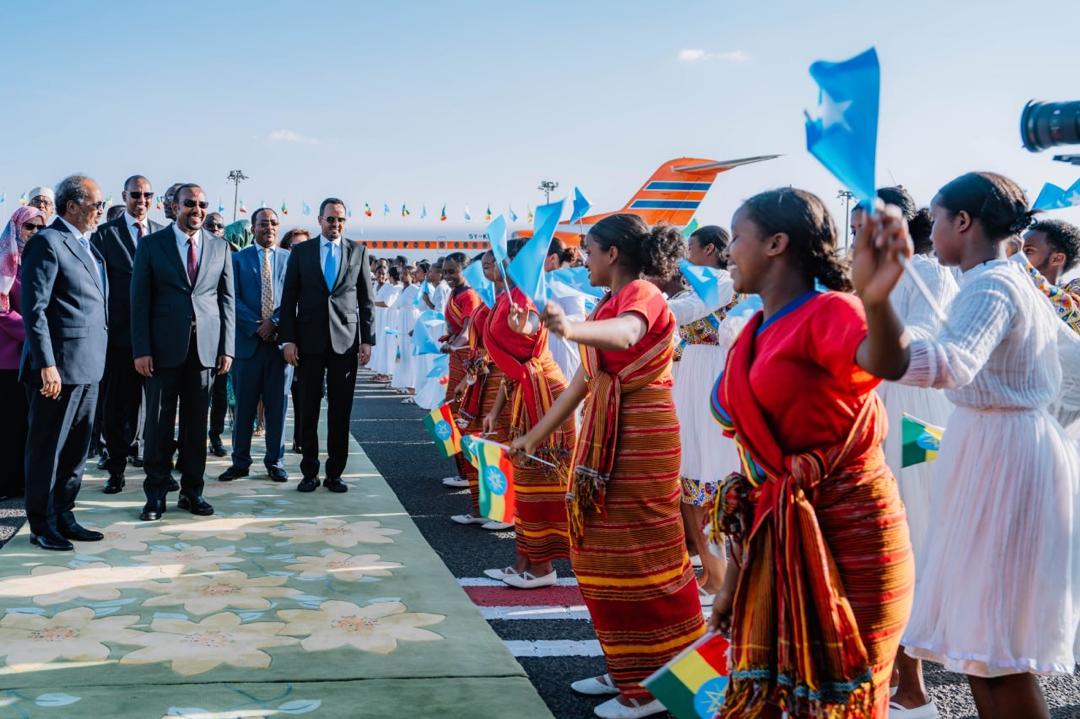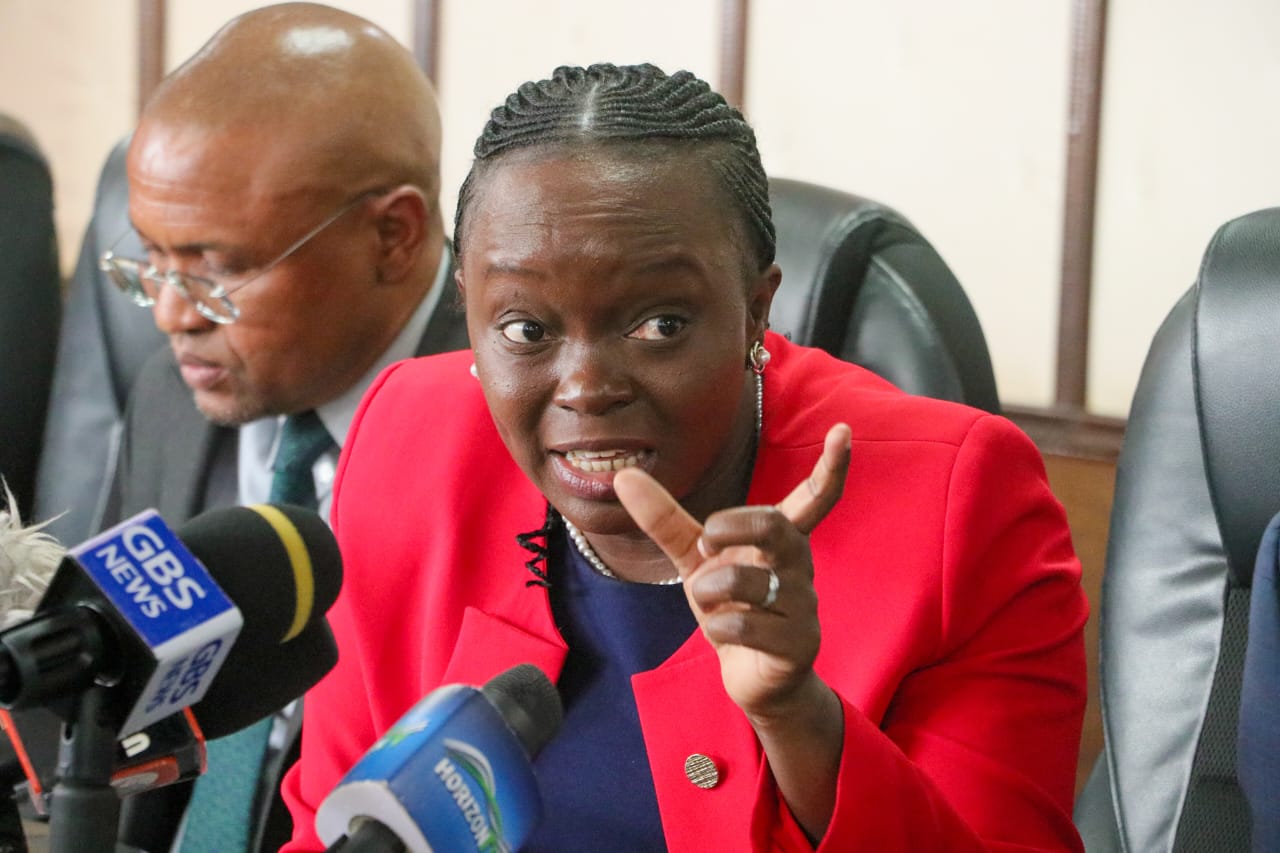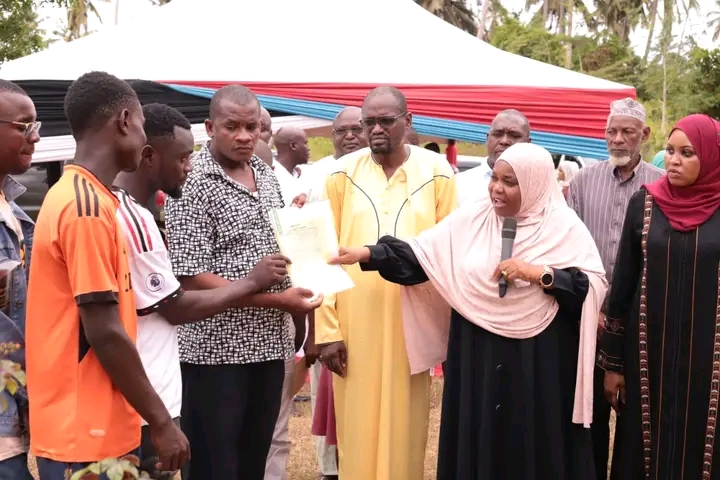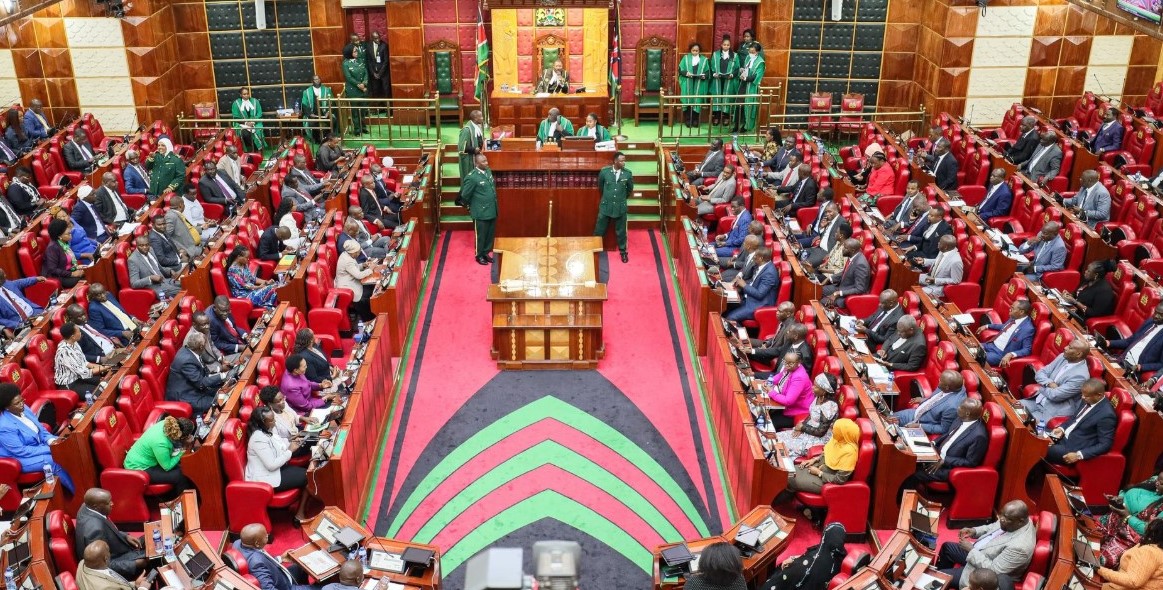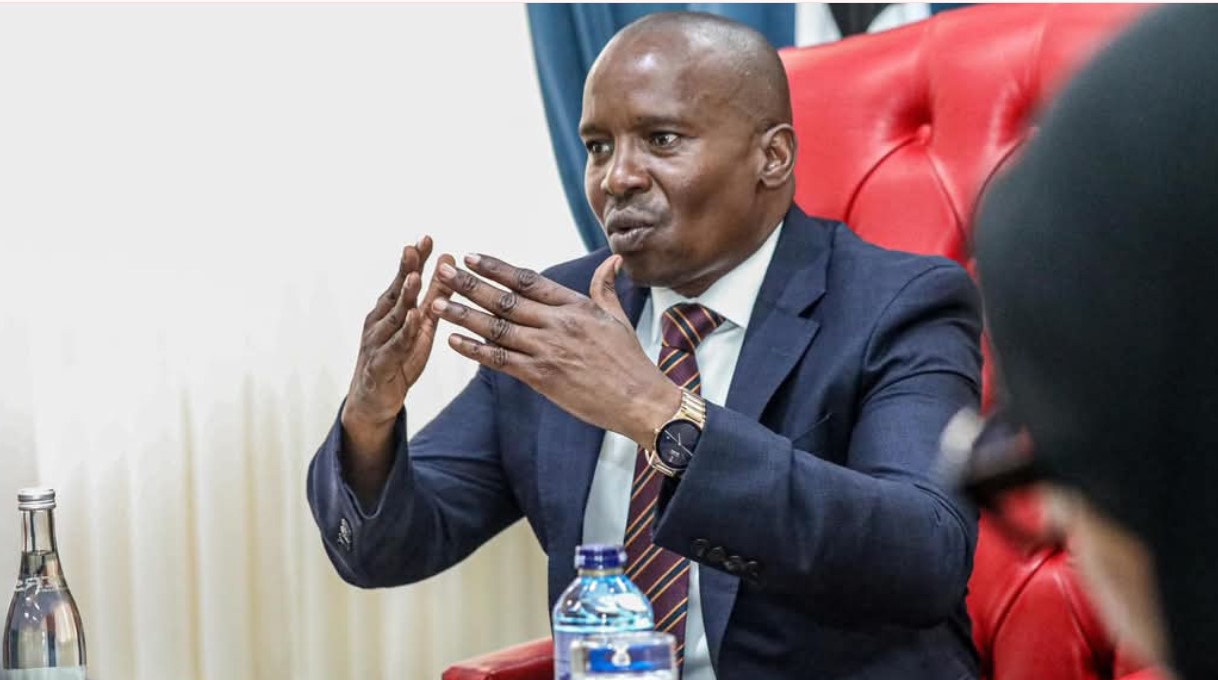Number of travellers using SGR train drop by 7.2 per cent after fares hiked
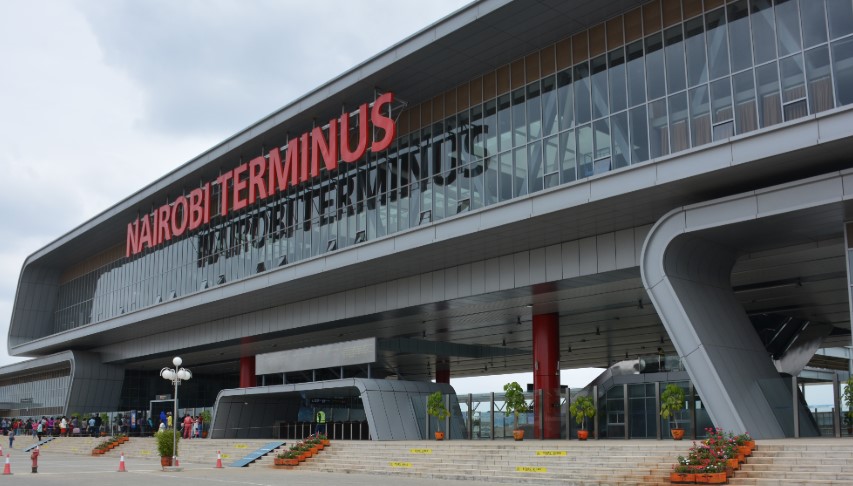
The rise in fares was partly intended to help raise funds for the repayment of the $3.75 billion (Sh485.63 billion) loan from China.
Passenger numbers on the standard gauge railway (SGR) have fallen sharply in the third quarter of 2024, continuing a downward trend that started earlier in the year following a fare increase.
According to newly released data from the Kenya National Bureau of Statistics (KNBS), the number of travellers using the SGR dropped by 7.2 per cent from 701,132 passengers in the third quarter of 2023 to 650,352 in the same period this year.
More To Read
- Increased food, power, transport costs push inflation to 3 per cent in December
- Kenya Railways warns against vandalism, citing risk to passenger safety
- Kenya Railways announces 14-day suspension of Nairobi commuter trains
- Ruto announces SGR extension to Uganda, Rwanda and DRC to boost East African trade
This decline follows a hike in ticket prices earlier in 2024.
In the first half of the year, Kenya Railways Corporation raised fares by 50 per cent in an attempt to boost revenue.
Economy class fares went up from Sh1,000 to Sh1,500, while first-class tickets rose from Sh3,000 to Sh4,500.
The fare increases were part of a strategy to generate additional funds to cover the operating costs of the railway and meet financial obligations, including servicing the loan taken to fund the SGR project.
Despite the fare hike, the results have been mixed, with a noticeable drop in passenger traffic.
"Passengers ferried through the standard gauge railway declined by 7.2 per cent from 701,132 passengers in the third quarter of 2023 to 650,352 passengers in the review period," said KNBS in its third-quarter report for 2024.
This drop follows a 9.68 per cent decrease in passenger numbers during the first half of the year, marking the first decline since the Covid-19 pandemic era.
Financial obligations
The rise in fares was partly intended to help raise funds for the repayment of the $3.75 billion (Sh485.63 billion) loan from China, which was used to construct the railway line.
The revenue from the increased fares was intended to support the payment of the Africa Star Railway Operations Company (Afristar), a division of China Road and Bridge Corporation, which is responsible for operating and maintaining the railway under a 10-year concession agreement that began in 2017.
Kenya Railways is under pressure to meet its financial obligations, with the rising costs of operations and loan repayments threatening the long-term sustainability of the service.
The effects of the fare hikes, coupled with reduced passenger numbers, have raised concerns over the future of the SGR as a viable transport option for Kenyans.
In the same period, freight transport via the SGR also saw a slight dip.
The amount of cargo carried decreased by 0.8 per cent, falling from 1,735,000 metric tonnes in the third quarter of 2023 to 1,720,300 metric tonnes this year.
Top Stories Today





